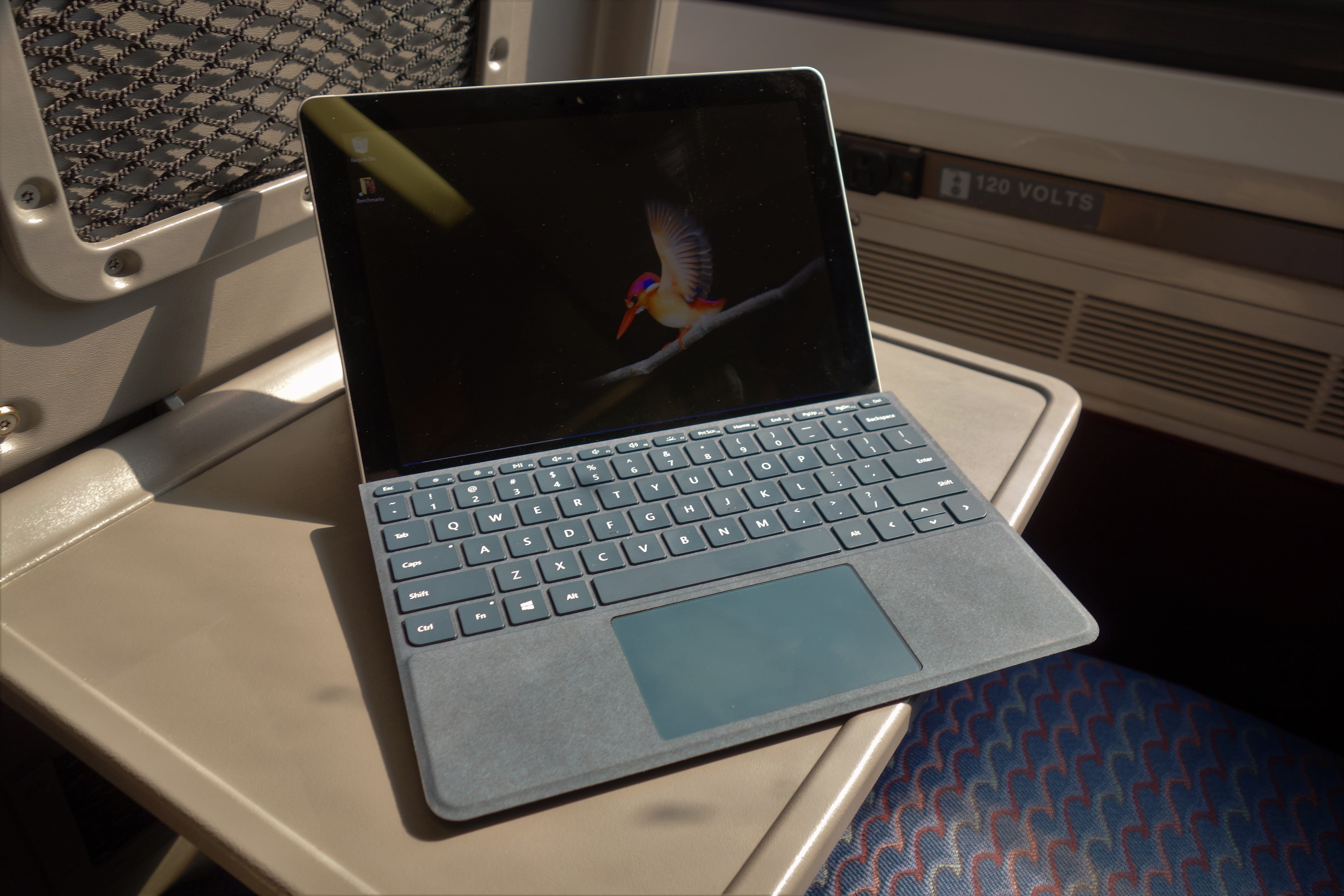
However, as the capabilities and innovation of Teams expanded significantly over time, it placed strain on device resources.

When the development of Teams began in 2015, these choices enabled the rapid delivery of cross-platform web and desktop clients. The classic client of Microsoft Teams used open-source software such as Electron as the host, AngularJS as the web development framework, and a variety of custom controls constructed using HTML and CSS. The consumer version of Microsoft Teams has already begun using this new architecture, and the preview version of the upgrade for commercial customers will initially be available for Windows, with support for web, Mac, EDU (education), and VDI (virtual desktop infrastructure) to follow later in the year. This post shares insights into the goals and expected benefits of the modularization and layering that have been implemented.

Microsoft Teams has made a significant investment in the re-architecture of its desktop client, with a focus on providing a simpler user experience.


 0 kommentar(er)
0 kommentar(er)
